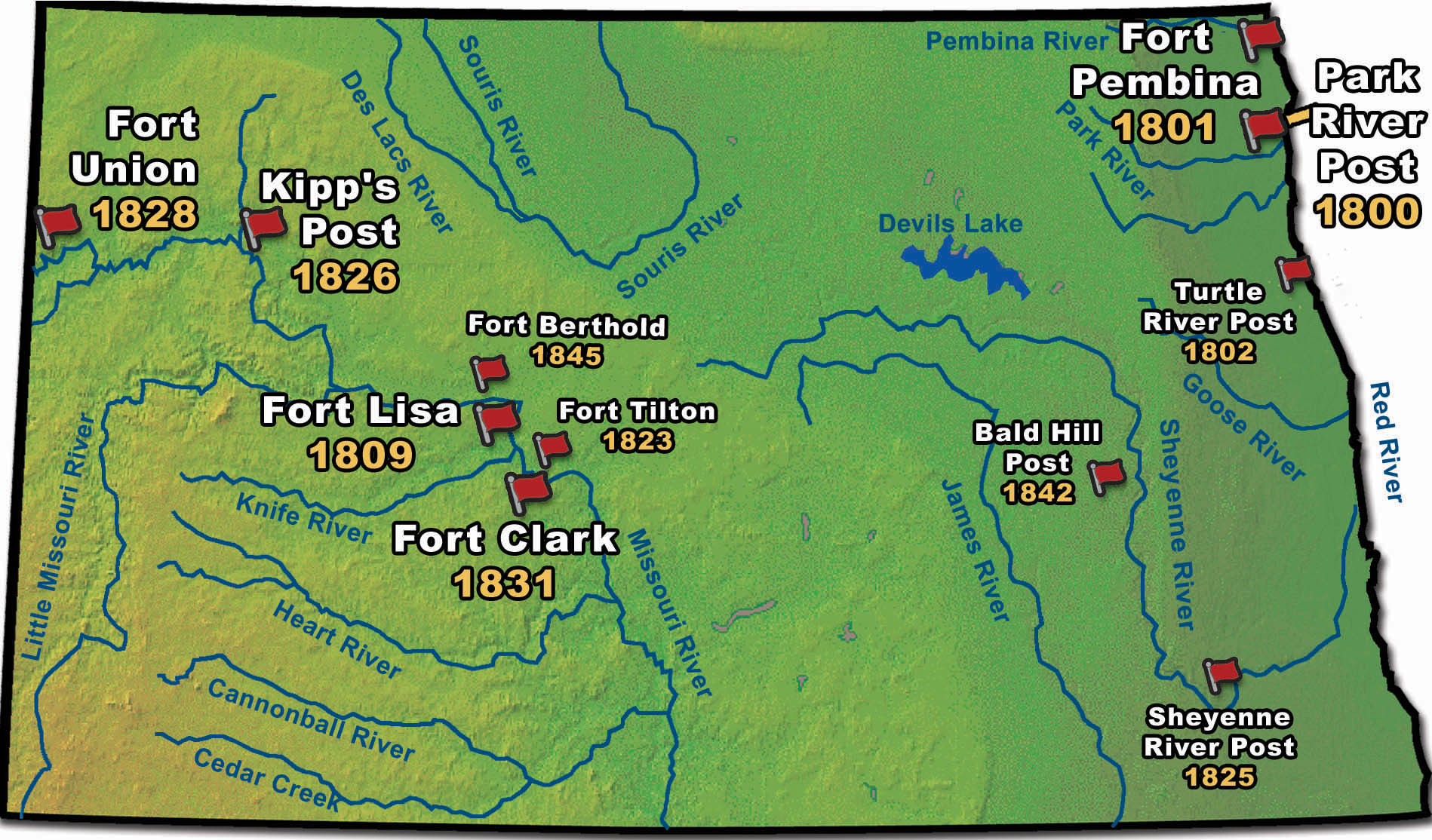From the time of the Lewis and Clark Expedition, a central shipping point for the fur trading business in the United States was St. Louis, Missouri. This city is located at the confluence of the Missouri and Mississippi Rivers.
Furs could be shipped from North Dakota down the Missouri River to St. Louis. From there the furs could be sent to many different places. If the furs were bound for Europe, they traveled down the Mississippi River to the port of New Orleans on the Gulf of Mexico. Trans-Atlantic ships then transported the furs to Europe.
If the furs were being sent to the large cities on the east coast of the United States, they traveled on the Mississippi River to the Ohio River or another tributary for the trip east. Manufactured goods and other supplies were shipped the opposite direction.
The usual method of transporting goods back and forth on the Missouri River was by keelboat. Moving the keelboat against the current was very hard work, and the movement of the boat was slow. If the wind was strong enough, the sails could be used, but usually a crew of 20 to 40 men had to walk along the shore pulling the boat with long ropes. If the banks of the river were overgrown with trees or had other poor conditions for walking, the men would have to row with oars or push the boat with long poles. Traveling the 2,000 miles upstream (against the current) from St. Louis to Fort Union took several months.

Figure 63. Map of the Fur Trading Posts in North Dakota, 1800-1845. (SHSND-ND Studies)


